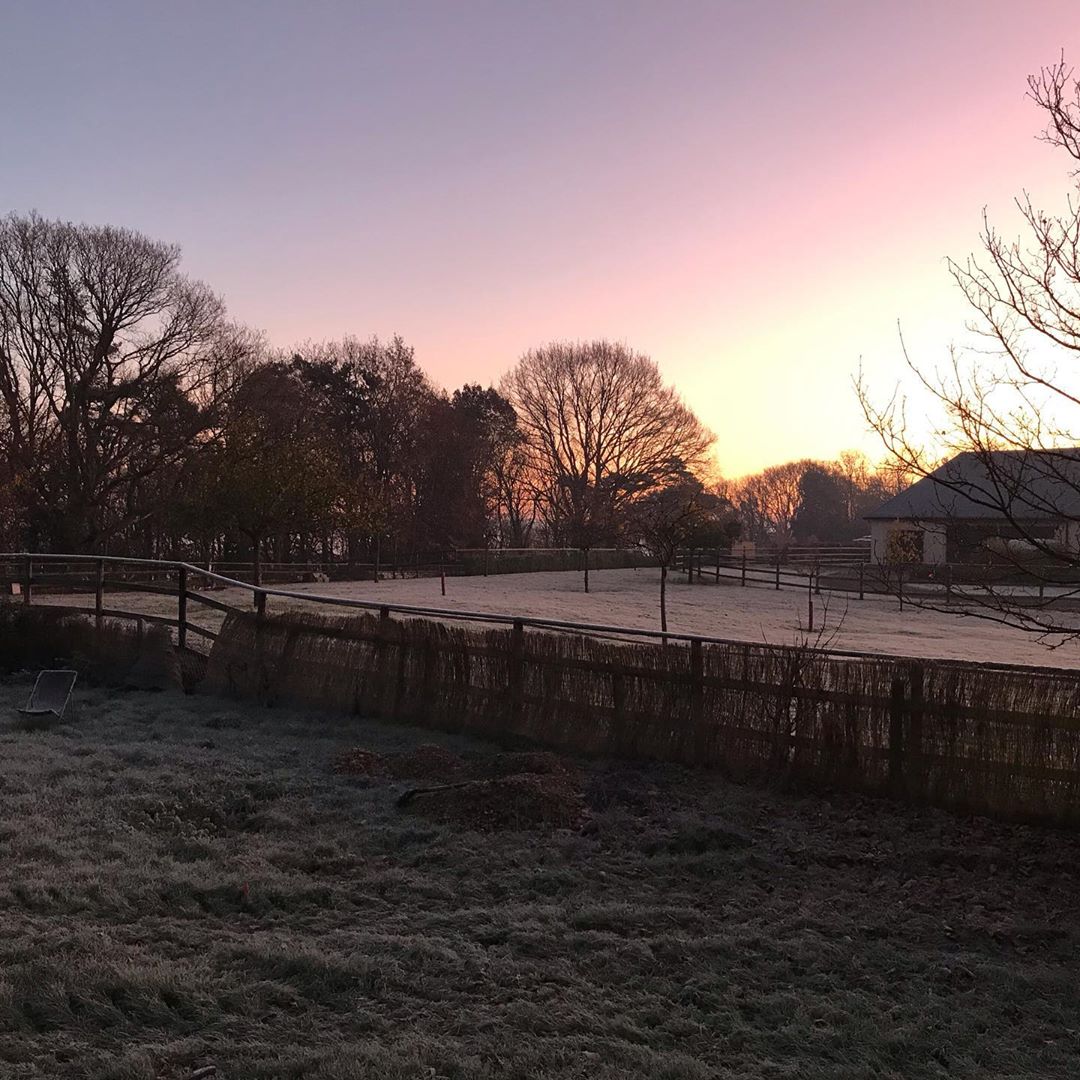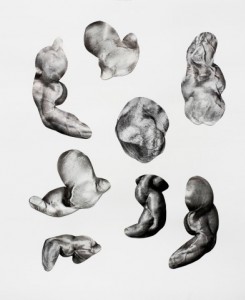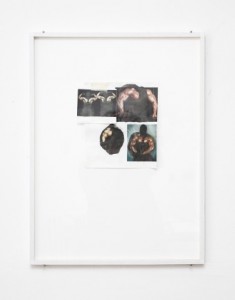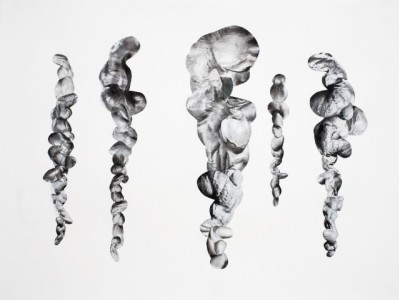2016 : Atlas, Galerie Item éditions, Paris, FR
2015 : Mass Production, The Invisible Dog Art Center, commissariat : Gaelle Porte, Brooklyn, US
2015 : Training Session, Pioneer Works, commissariat : Gaelle Porte, Brooklyn, US
2015 : Cuirasse, commissariat : Gaelle Porte, Galerie du Haut Pavé, Paris, FR
2012 : Anatomia Botanica, Cheekwood Botanical Garden & Museum of Art, Nashville, US
Expositions collectives
2017 : Old Dream, collection Dorith et Serge Galuz, commissariat : Ann Stouvenel, Mains d'Œuvres, Saint-Ouen, FR
2017 : Propositions inédites, Galerie Item, Paris, FR
2016 : Petits Formats, Galerie du Haut Pavé, Paris, FR
2016 : The Drawing Hand, Gallery Magda Danysz, Shanghai, CN
2016 : La Main qui dessinait toute seule, Galerie Magda Danysz, Paris, FR
2015 : Disparitions, Honoré, Galerie rueVisconti, Paris, FR
2015 : A l’ombre d’Eros, commissariat : Marie Deparis & Magali Briat-Philippe, Monastere Royal de Brou, FR
2015 : Ce n'est pas une heure pour les histoires de revenants. Rentrons., commissariat : Yannick Langlois, Villa Belleville, Paris, FR
2014 : Solstices, Galerie ACY & Galerie DDC, Paris, FR
2014 : Paper Biennial 2014, Museum Rijswijk, The Hague, NL
2014 : FID Prize 2014, Drawing Box Gallery, Tournai, BL
2013 : No limits just edges, Café A / Maison de l'architecture, Paris, FR
2013 : D Dessin, drawing art fair, Galerie DDC, Paris, FR
2013 : Kama e Sesso, Triennale Design Museum, Milan, IT
2012 : Series of Lines, Galerie DDC exhibition at Laptop, Paris, FR
2012 : Chic Dessin, drawing art fair, Galerie DDC, Paris, FR
2012 : La Poétique de l'espace, Galerie DDC at Galerie Laurent Mueller, Paris, FR
2011 : Prix de Sculpture de la MAIF, artist nominated, Le Bal, Paris, FR
2011 : Matisse was there, Galerie DDC at Marc Lenot / “Lunettes Rouges”, Paris, FR
2011 : 56ème Salon de Montrouge, commissariat : Stéphane Corréard, FR
2010 : Crossing the Line FIAF Festival, FGH Theater, French Institute Alliance Française, New York, US
2010 : Crossing the Line FIAF Festival, The Invisible Dog Art Center, Brooklyn, US
2010 : Minds over Matter: Botanicals, The Old American Can Factory, Brooklyn, US
2010 : Brooklyn Utopias: Farm City, Old Stone House Gallery, Brooklyn, US
2010 : The Last Supper Salon, 3rd Ward, Brooklyn, US
2009 : Dumbo Art Under The Bridge Festival, Brooklyn, US












